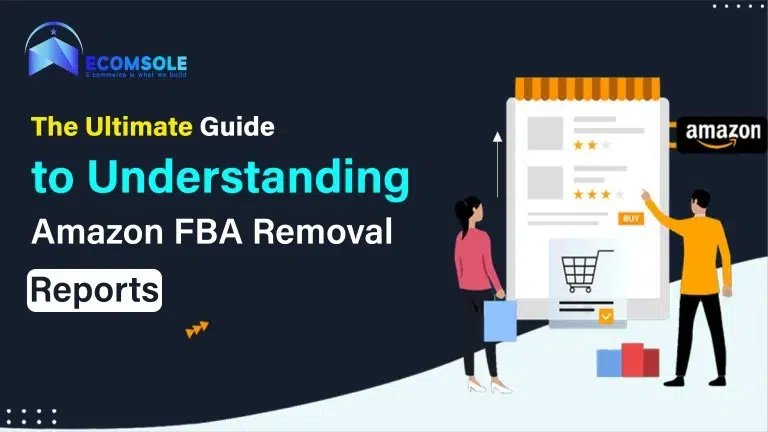Are you an Amazon FBA seller looking to optimize your inventory management? Then understanding Amazon FBA removal reports is an absolute must.
These reports provide valuable insights into why and how your inventory is being removed from the FBA fulfillment centers. But deciphering these reports can be a daunting task. That’s where this ultimate guide comes in. This comprehensive guide will take you through interpreting and understanding Amazon FBA removal reports, helping you make informed decisions to improve inventory management and minimize removal fees. We will cover everything from identifying the different types of removal reports to understanding the reasons behind each removal. We will also provide practical tips and strategies to prevent future deductions and optimize your FBA operations.
So, whether you are a seasoned seller or just starting, join us in this guide to unlock the secrets of Amazon FBA removal reports and take your business to new heights.
What are Amazon FBA Removal Reports?
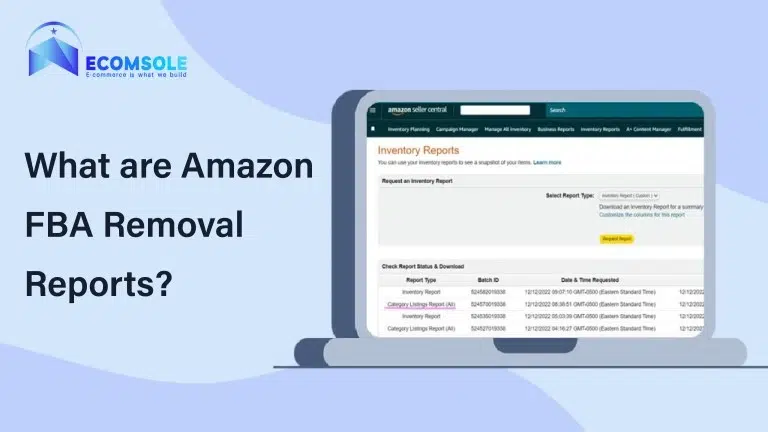
Amazon FBA Removal Reports are detailed documents that provide information about removing your inventory from the FBA fulfillment centers. These reports are generated when Amazon removes your products from their warehouses for various reasons. The announcements contain vital information such as the ASINs (Amazon Standard Identification Numbers) of the removed items, the reason for removal, the quantity removed, and the associated removal fees.
Understanding these removal reports is crucial for FBA sellers as it allows them to identify patterns and potential issues and take appropriate actions to improve their inventory management. By analyzing these reports, you can gain insights into the health of your inventory, identify trends, and make data-driven decisions to optimize your FBA operations.
Why are Amazon FBA Removal Reports important?
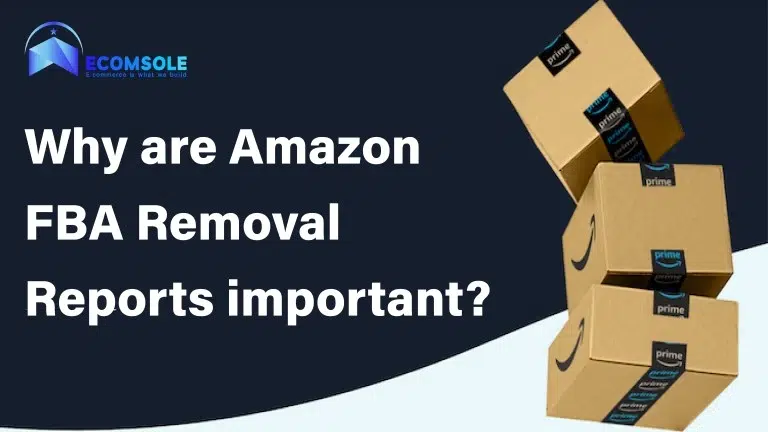
Amazon FBA Removal Reports are essential for several reasons. Firstly, they provide transparency into the removal process, allowing sellers to understand why their inventory is being removed and take necessary steps to prevent future removals. This is vital for maintaining a healthy inventory and minimizing removal fees, which can add up quickly if not managed effectively.
Secondly, removal reports help sellers identify damaged products, expired inventory, or incorrect listings that may lead to removals. By addressing these issues promptly, sellers can improve the quality of their inventory and enhance the customer experience.
Lastly, removal reports can also serve as a valuable data source for sellers to analyze and optimize their inventory management strategies. By studying the reasons behind removals, sellers can identify patterns and trends, adjust their sourcing and stocking strategies, and improve their overall FBA performance.
How to access and interpret Amazon FBA Removal Reports?
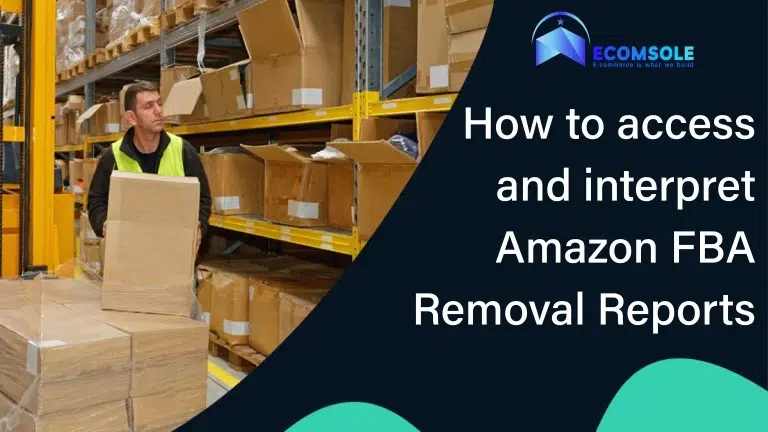
Accessing and interpreting Amazon FBA Removal Reports is a straightforward process. To access the reports, log in to your Amazon Seller Central account and then navigate to the “Reports” tab. Select the “Fulfillment” section and click “Removals” to view the removal reports.
Once you have the report in front of you, it’s essential to understand the different columns and codes used. The report will contain information such as the removal order ID, the ASIN of the removed item, the quantity removed, and the reason for removal. The reason for removal is represented by a removal code, which provides insights into the specific issue.
To interpret the removal reports effectively, familiarize yourself with the different removal codes and their meanings. Amazon provides a detailed list of removal codes and their explanations in their Seller Central Help documentation. By understanding these codes, you can quickly identify the reasons behind the removals and take appropriate actions to rectify the issues.
Common issues and solutions found in Amazon FBA Removal Reports
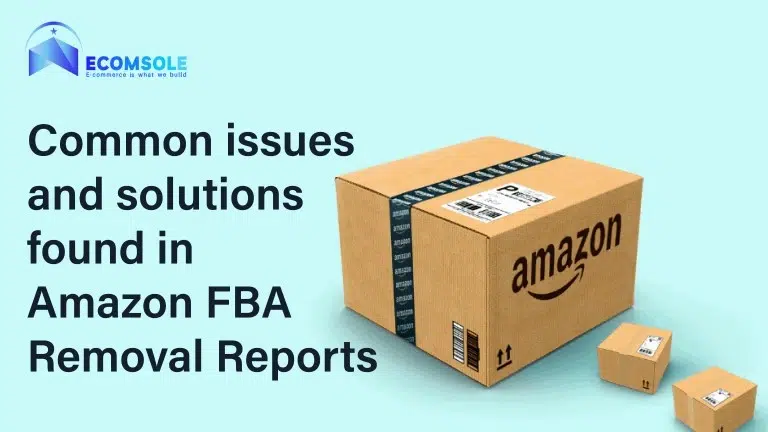
When analyzing Amazon FBA Removal Reports, you may encounter several common issues that can lead to removals. By identifying these issues and implementing appropriate solutions, you can reduce the number of removals and improve your inventory management.
Below, you’ll find several frequently encountered issues along with their respective remedies:
- Damaged or defective items: Sometimes, products can get damaged during storage or shipping, or they may be defective by the manufacturer. In such cases, customers may request a return or refund. To address this issue, sellers should ensure that their products are properly packaged and protected for storage and transit. Additionally, they should have a clear return policy in place and promptly address any customer complaints or issues.
- Expired or near-expiration items: If products have an expiration date, it is crucial to monitor and manage inventory to prevent selling items that are expired or nearing expiration. Sellers should implement a first-in, first-out (FIFO) system to ensure that older inventory is sold first. Regularly check inventory levels and remove any items that are close to expiration.
- Incorrect or missing items: Customers may report receiving incorrect or missing items in their orders. This issue can occur due to errors in picking and packing, inventory discrepancies, or mislabeled products. To avoid this problem, sellers should implement robust quality control measures, such as double-checking items during the packing process and conducting regular inventory audits. Additionally, clear labeling and scanning systems can help reduce the chances of errors.
- Poor product condition: Customers may receive items that are in poor condition, such as items with damaged packaging, missing components, or signs of wear and tear. Sellers should inspect their products before sending them to Amazon’s fulfillment centers to ensure that they meet quality standards. If any issues are identified, the products should be fixed, repackaged, or removed from inventory.
- Inaccurate product listings: In some cases, customers may receive items that do not match the product description or images on the listing. This issue can arise due to listing errors or product variations. Sellers should regularly review their product listings to ensure accuracy and make updates as necessary. Clear and detailed descriptions, along with high-quality images, can help minimize confusion and improve customer satisfaction.
- Packaging issues: Amazon has specific packaging requirements to ensure products are adequately protected during storage and transit. Sellers should familiarize themselves with these requirements and ensure their products are properly packaged. This includes using appropriate box sizes, cushioning materials, and securing items to prevent damage.
To resolve these common issues, sellers should proactively monitor their inventory, address customer complaints promptly, and continually improve their processes to minimize errors.
By providing excellent customer service and maintaining high-quality products, sellers can reduce the frequency of FBA removal reports and improve their overall performance on the platform.
Tips for reducing the number of removals and improving inventory management
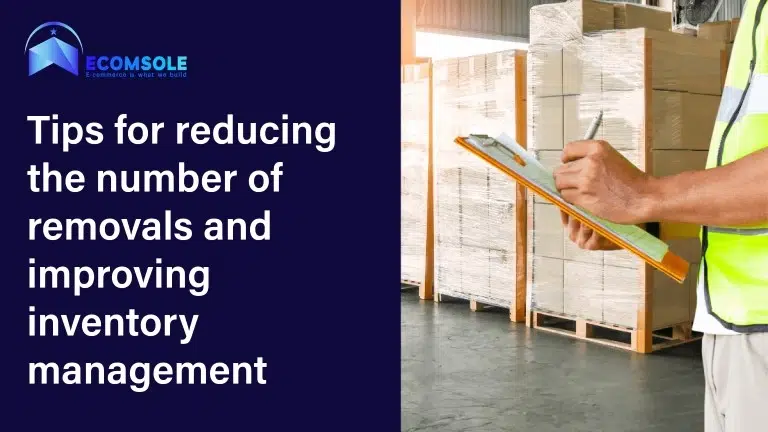
Managing your inventory effectively, based on removal reports, is crucial for maintaining a healthy FBA business. Here are some effective strategies to keep in mind:
- Regularly review removal reports: Set aside dedicated time to review your reports regularly. Doing so lets you identify patterns, trends, and potential issues early on.
- Take immediate action: When you identify a removal trend or recurring issue, immediately address the underlying problem. This could involve improving packaging, updating product listings, or adjusting inventory management processes.
- Optimize your inventory turnover: Strive to maintain a healthy inventory turnover rate by closely monitoring your sales velocity and adjusting your stocking strategies accordingly. Consider implementing inventory forecasting tools to help you make data-driven decisions.
- Conduct frequent quality checks: Inspect your inventory for quality issues. This includes checking for damages, defects, and expiration dates. Implement stringent quality control processes to ensure the highest standards.
- Communicate with customers: If you receive customer returns that result in removals, consider reaching out to the customers to understand their reasons for return. This valuable feedback could be helpful for you to improve your products and reduce future returns.
- Optimize your packaging: Invest in high-quality materials that protect your products during transportation and storage. Consider conducting package drop tests to ensure the durability of your packaging.
- Monitor expiration dates: Regularly review the expiration dates of your inventory and take proactive steps to sell or remove items before they expire. This will help you avoid removals due to expired inventory.
- Streamline your inventory management processes: Implement efficient processes, including accurate tracking, regular audits, and timely replenishment. Consider using inventory management software or tools to streamline these processes.
- Monitor customer feedback: Pay close attention to customer reviews and feedback to identify any recurring issues with your products. Address these issues promptly to prevent removals and improve customer satisfaction.
- Optimize storage space: Regularly assess your storage needs and adjust your inventory levels accordingly. Optimize your storage space using Amazon’s recommendations and considering alternative storage options.
By implementing these tips and continuously monitoring and adjusting your inventory management strategies, you can reduce removals, improve customer satisfaction, and drive growth for your FBA business.
Learn About How to Fix Amazon Payment Revisions?
Case studies: Examples of businesses using Amazon FBA Removal Reports Effectively

To further illustrate the effectiveness of Amazon FBA Removal Reports, let’s explore some case studies of businesses that have successfully utilized these reports to improve their inventory management.
**Case Study 1: Company X**
Company X, an FBA seller specializing in health and wellness products, experienced significant removals due to damaged items. By analyzing their removal reports, they identified that inadequate packaging primarily caused the issues. They decided to invest in high-quality packaging materials and conducted package drop tests to ensure the durability of their packaging. As a result, they saw a significant reduction in removals and improved customer satisfaction.
**Case Study 2: Company Y**
Company Y, a seller of consumer electronics, frequently encountered removals due to expired inventory. They realized their inventory management system needed to track expiration dates more effectively. To address this issue, they implemented robust inventory management software that provided real-time visibility into their inventory levels and expiration dates. This allowed them to take timely actions to sell or remove items before they expired, reducing removals and minimizing costs.
These case studies demonstrate how businesses can leverage Amazon FBA Removal Reports to identify specific issues, implement targeted solutions, and improve inventory management strategies.
Conclusion and Final Thoughts About Amazon Removal Reports

We hope this article helped you to understand how much Amazon FBA Removal Reports are important for FBA sellers. These reports help sellers know why items are removed and how to improve.
In this guide, we covered accessing and understanding the reports, common issues, and tips for better inventory management. Real-life examples show how sellers succeed with removal reports. By using these reports, sellers can improve their business on Amazon. It’s important to check the reports regularly and make smart decisions based on the information.
Following the strategies in this guide will help sellers reach their goals. Amazon FBA Removal Reports are valuable tools that sellers should use to learn and grow their business.
FAQs



